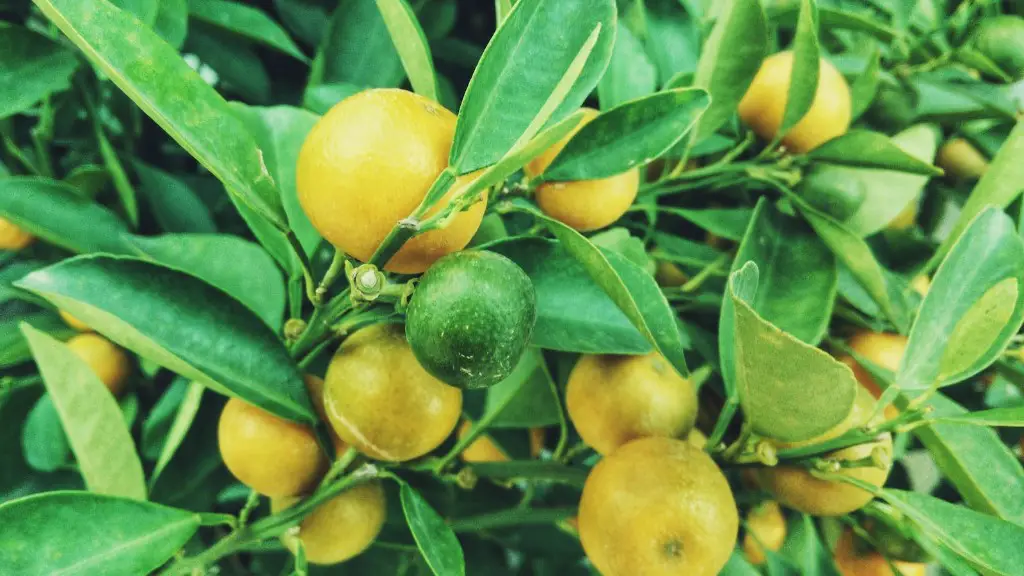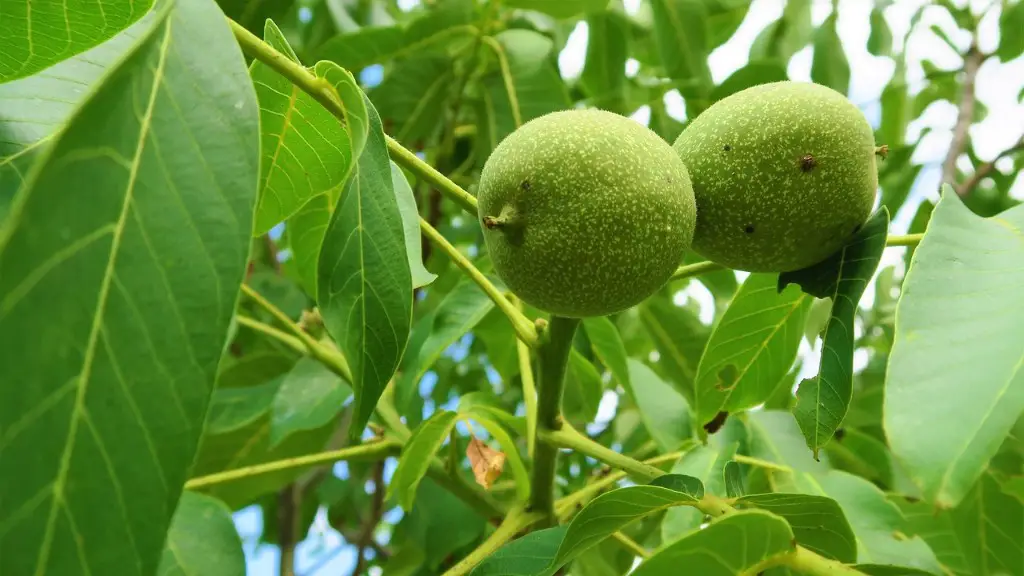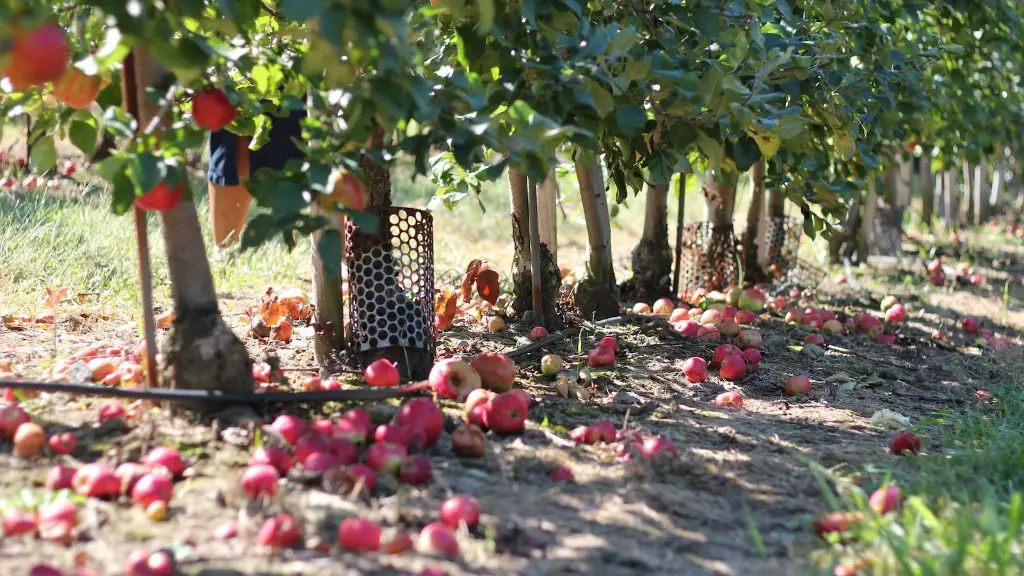Lemon trees are an excellent addition to any home or garden, providing essential nutrients and a taste of the tropics. But for them to thrive, you must know how to properly care for them, including properly pruning your lemon tree. It’s not difficult to learn how to prune a lemon tree, but it does take time and care to do it properly. Here’s how to cut lemon tree the right way.
Start with the basics: trim away any dead or diseased branches. Check the entire tree for any signs of damage or disease, such as black spots or wilting leaves, and remove those branches. If a branch is healthy, but it’s blocking sunlight or growing too close to other branches, you can safely prune it back.
Second, trim off any competing branches, with the goal of allowing the main trunk to get as much sunlight as possible. Cut these competing branches as close to the trunk or main branch as possible. Any remaining stubs can be covered with pruning paint to prevent pests or diseases from entering the tree.
Third, look for any curly or droopy branches and prune them to promote a natural lemon tree form. This way, you’ll be encouraging new, healthy growth and providing adequate light to all parts of the tree.
Fourth, it’s important to keep an eye on the canopy of the tree. That is, the group of branches in the upper section. Any excessively long branches should be pruned back, to help keep the lemon tree in a healthy shape and to promote growth below the canopy.
Fifth, assess the size of your lemon tree and prune back any protruding branches. This will help keep the tree more manageable, while also allowing sunlight to more easily reach the tree and encouraging it to grow healthily.
And lastly, don’t forget to clean your tools before and after pruning your lemon tree. This will help reduce the spread of disease or pests throughout the tree and the surrounding landscape. Be sure to remove any damaged or diseased leaves and discard them away from the lemon tree.
Managing Lemon Tree Health
Aside from proper pruning, there are other important steps to take in order to keep your lemon tree healthy. Managing the moisture content in the soil is a must, so keep an eye on the soil to make sure it never becomes too dry. Adding mulch around the tree can also help keep the soil moist and protect it from temperature changes.
In addition to moisture, it is also important to fertilize the lemon tree, with a balanced fertilization program, once a year during the springtime. This will help to ensure the soil has all the nutrients the lemon tree needs to thrive. Lastly, it’s a good idea to inspect your lemon tree regularly for any signs of pests or diseases, and to get it treated as soon as possible, if any are found.
When to Cut Lemon Tree
The best time to prune a lemon tree is usually in late winter, once the cold weather has passed. This will make sure that you don’t accidentally damage any new growth or branches that may have just started to grow. Also, pruning in the winter will help keep the tree in a healthy shape, as it will be in its dormant season.
It’s also important to note that pruning a lemon tree too much can cause damage to the tree, so be sure to err on the side of caution when deciding how much to prune. If in doubt, it’s generally a good idea to wait an extra season before pruning again.
Pruning with Precision
It’s best to use precision tools when pruning lemon trees, as these will provide a cleaner cut and will help reduce the risk of disease. A pair of pruning shears is a must, as that will allow you to quickly and easily trim small branches, as well as larger ones. You may also need a handsaw or pruning saw in order to saw through larger branches.
Pruning with precision is important when working with any type of tree, and especially when it comes to citrus trees. By using the right tools and taking the time to do the job right, you can ensure your lemon tree stays healthy and provides you with lots of juicy fruit for years to come.
Maintenance Steps for Cutting Lemon Tree
Once you’ve finished pruning your lemon tree, it is important to take a few steps to ensure it remains healthy. First, it’s important to properly dispose of any branches or leaves you have removed. If any of this material is left on the ground, it can promote the growth of pests or diseases.
Second, inspect the entire tree for any signs of disease or pests. These include wilting leaves or black spots on the branches. If you find any, it’s best to get it treated by a professional as soon as possible. Lastly, it’s a good idea to clean and sterilize your tools after pruning your lemon tree. This will help to prevent the spread of any diseases you may have come into contact with.
Common Mistakes when Cutting Lemon Tree
When it comes to pruning a lemon tree, it is easy to make mistakes that can damage the tree and impair its growth. One common mistake is to prune when the tree is in bloom, as this can disrupt the flowering process. Another common mistake is pruning too much at once, which can stress the tree and make it more susceptible to pest and disease.
It’s also important to note that, even if the tree looks healthy, you should not prune it until you are certain it is healthy. If you see any dead or wilting leaves or branches, or any signs of disease or pests, it’s best to wait until the tree is healthy before pruning it.
Additionally, it is also a mistake to use blunt tools when pruning a lemon tree. Blunt tools are more likely to damage the tree, which can lead to further issues down the line. It’s always better to use sharp tools that will provide a clean, precise cut and reduce the risk of damaging the tree.
The Benefits of Pruning
Overall, pruning is an essential part of lemon tree care that should not be overlooked. Not only does it encourage healthier growth, but it also helps to keep the tree in a more manageable size and shape. Plus, it helps to promote better air circulation, which can help keep pests and diseases out of your lemon tree.
It is always important to be careful when pruning a lemon tree, as a single mistake can set the tree back for months, or even years. But with the proper tools and knowledge, you can ensure your lemon tree stays healthy and provides you with lots of tasty fruit for years to come.




